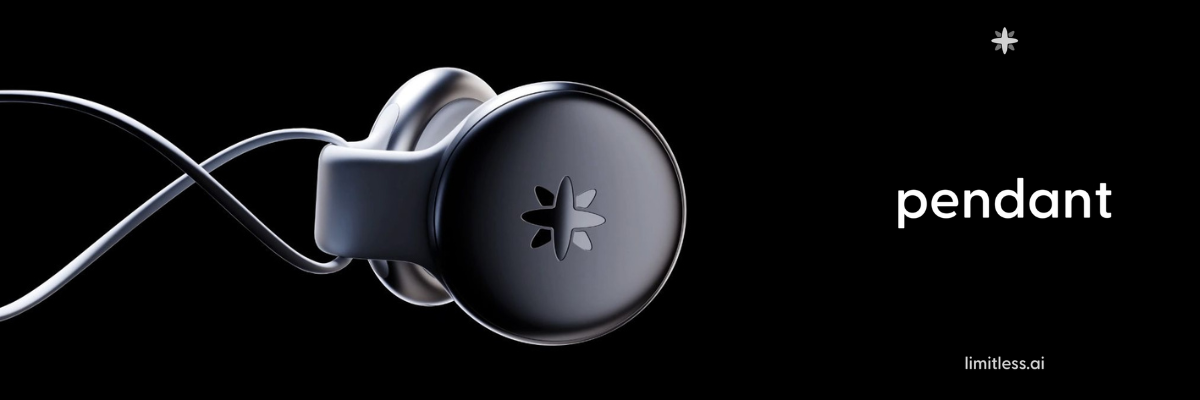Nvidia’s miniaturized Grace-Blackwell workstations are here • The Register

Nvidia’s tiniest Grace-Blackwell workstation is finally making its way to store shelves this week, the better part of a year after the GPU giant first teased the AI mini PC, then called Project Digits, at CES.
Since rebranded as the DGX Spark, the roughly NUC-sized system pairs a Blackwell GPU capable of delivering up to a petaFLOP of sparse FP4 performance with 128 GB of unified system memory and 200 Gbps of high-speed networking.
But with a price starting around $3,000, small doesn’t mean cheap. Then again, it’s not exactly aimed at mainstream PC buyers. The systems, which will also be available under various brand names from OEM partners, won’t even come with Windows. A Copilot+ PC this is not. Instead, it ships with a custom spin of Ubuntu Linux.
Spark is actually intended for AI and robotics developers, data scientists, and machine learning researchers looking for a lower-cost workstation platform that’s still capable of running models up to 200 billion parameters in size.
These kinds of workloads are incredibly memory-hungry, which makes running them on consumer graphics processors impractical. High-end workstation cards, like the RTX Pro 6000, can be had with up to 96 GB of speedy GDDR7, but a single card will set you back more than $8,000, and that’s before you factor in the rest of the platform cost.
At the time of launch, the DGX Spark is technically Nvidia’s highest capacity workstation GPU — at least until its Blackwell Ultra-based DGX Station makes its debut.
Honey, I shrunk the superchip
Powering the DGX Spark is the GB10 system-on-a-chip, which is essentially a miniaturized version of the Grace-Blackwell Superchips that power its flagship NVL72 rack systems.
As we explored back at Hot Chips, the GB10 is composed of two compute dies connected at 600 GB/s via Nvidia’s proprietary NVLink chip-to-chip interconnect tech. And, in case you’re wondering, this same technology will eventually be used to mesh Nvidia’s GPUs to Intel’s future client CPUs as part of a tie-up between the two chip heavyweights.
The GPU tile is capable of delivering up to a petaFLOP of sparse FP4 or around 31 teraFLOPS at single precision (FP32) — putting it on par with an RTX 5070 in terms of raw performance. Yes, the $550 consumer card does offer more than twice the memory bandwidth, but with just 12 GB of GDDR7, you’ll be fairly limited in terms of what models and AI workloads you can run.
Unlike Nvidia’s original Grace CPU, the GB10’s CPU tile isn’t using Arm’s Neoverse V2 cores. Instead, the chip was designed in collaboration with MediaTek and features 20 ARMv9.2 cores. Ten of those are Arm’s high-performance X925 cores, while the remaining are based on its efficiency-optimized Cortex A725 cores.
Much like Apple’s M-series and AMD’s Strix Halo SoCs, both the GB10’s CPU and GPU are fed by a common pool of LPDDR5x. This tight coupling of compute and memory has allowed these chipmakers to achieve bandwidths more than twice that of conventional PC platforms today. In the case of the GB10, Nvidia is claiming 273 GB/s of memory bandwidth.
Scaling out
One thing you’ll find on the Spark that you won’t find on other systems is high-speed networking. Just like Nvidia’s datacenter platforms, the Spark’s GB10 is accompanied by an integrated ConnectX-7 networking card with a pair of QSFP Ethernet ports out the back.
While you could theoretically use these for high-speed networking, the ports are actually designed to connect two DGX Sparks together, effectively doubling its fine-tuning and inferencing capabilities.
In this config, Nvidia says users will be able to run inference on models up to 405 billion parameters at 4-bit precision.
DGX Spark systems from Nvidia, Acer, Asus, Dell Tech, Gigabyte, HPE, Lenovo, and MSI will be available for purchase starting Oct. 15. ®












